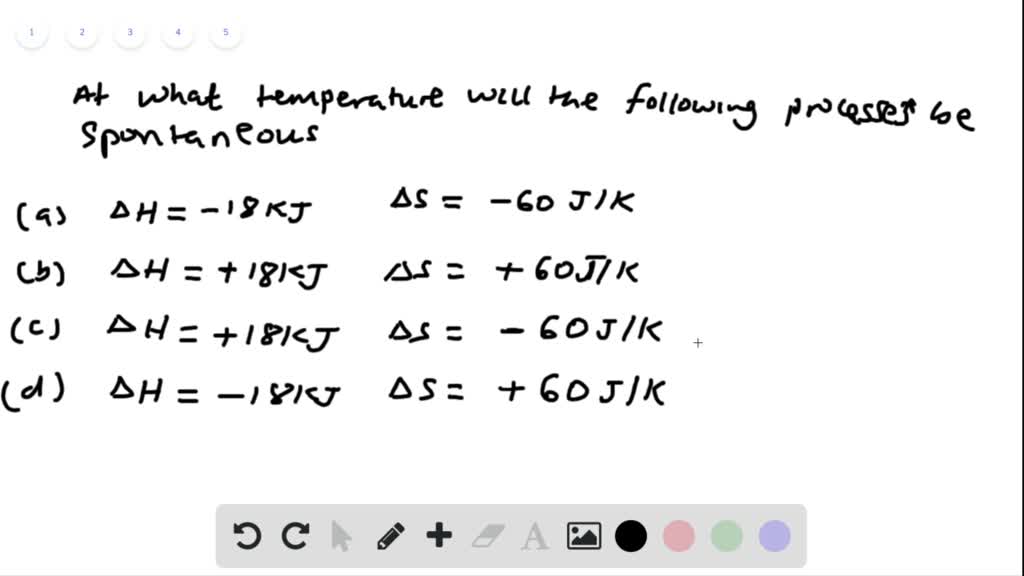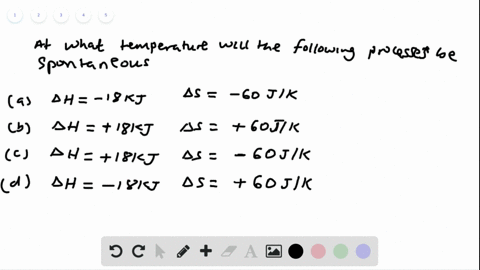

In simpler words, we may elaborate delta h as the total change in the system’s heat before and after a chemical reaction. What is Delta H in Chemistryĭelta h in chemistry, also written as ∆H, refers to the change of enthalpy in a thermodynamic system caused by either absorption or emission of thermal energy. If we assume that the pressure is constant, which is generally kept constant for most of the reactions, we can also state that the enthalpy is equal to the heat transferred during the reaction. To be more precise, we may represent the above-quoted definition mathematically as: In a thermodynamic system, we may typically define enthalpy as the summation of E (internal energy) and the product of the V (volume) and P (pressure).

In simple words, we may say that in exothermic reactions, heat energy is transferred from the system into the environment.įor example, the combustion of coal. In all such reactions, there is an apparent or negligible amount of decrease in the enthalpy of the thermodynamic system.

Exothermic ReactionĪ chemical reaction is said to be exothermic if there is an emission of thermal energy or heat into the environment. In all such reactions, there is an apparent or negligible amount of increase in the enthalpy.įor example, photosynthesis and hydrolysis. Endothermic ReactionĪ chemical reaction is said to be endothermic if there is absorption of thermal energy or heat from the environment.
#Delta h and delta s for dioxide webook how to
Learn what delta H is, along with a step-by-guide to how to find delta H in chemistry all the tips and major, profound concepts regarding enthalpy change (∆H).īefore starting over the main discussion, let’s have a brief overview of key terminologies related to this article. Note that the delta h in a chemical reaction is entirely independent of how a reaction took place no matter the route, the enthalpy change would be constant for a given chemical reaction. This change of thermal energy in the thermodynamic system is known as change of enthalpy or delta h written as ∆H in chemistry and calculated using the formula ∆H = cm∆T. This exchange may be either absorption of thermal energy from the atmosphere or emission of thermal energy into the atmosphere. A chemical reaction is generally accompanied by an exchange of heat energy with the environment.


 0 kommentar(er)
0 kommentar(er)
